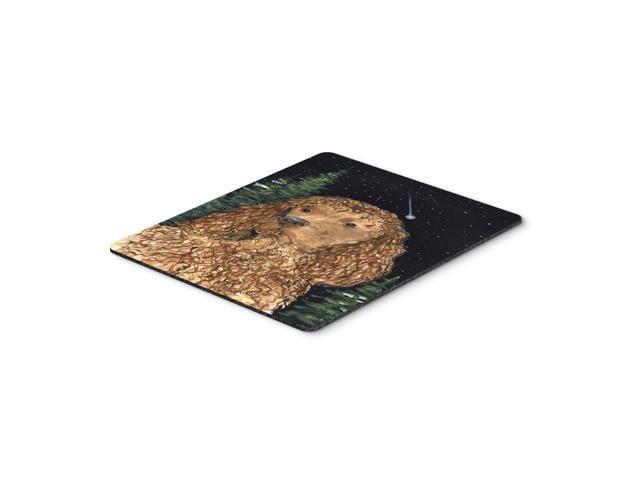Excerpt from National Institute of Child Health and Human Development, Intramural Research Program: Annual Report of the Scientific Director, 1986
Observations relevant to insertional mutagenesis have also been made. Two dominant traits and one recessive trait have been observed among the transgenic mice studied so far. ’the dominant trait in both cases is small litter size, which appears by cytogenetic analysis to be due to chromosomal translocations. One translocation which has been studied in detail is linked to the inserted foreign dna, and appears to have been precipitated by the insertional event. The recessive trait is syndactyly; again, it may be hypothesized that the mutation has been generated by the insertion of the foreign dna into a locus involved. With ilimb formation. The great advantage of Inutations generated through dna insertion, as Opposed to more traditional mutagens, is that the introduced dna and the regions flanking it can be isolated wml a library of the mutant genome by virtue of the available transgenic Sequence. Such an approach might allow the study of developmentally interesting genes the dna flanking the probe) with no known products in a mammalian species.
In sum, the results obtained demonstrate that the transgenic mouse system provides an approach to the study of gene regulation and developmental mecha nisms in the mammal that goes well beyond anything possible before the intro duction of this new and powerful methodology. Indeed, the transgenic mouse will revolutionize biomedical research as did the advent of tissue culture in an earlier era.
About the Publisher
Forgotten Books publishes hundreds of thousands of rare and classic books. Find more at www.forgottenbooks.com
This book is a reproduction of an important historical work. Forgotten Books uses state-of-the-art technology to digitally reconstruct the work, preserving the original format whilst repairing imperfections present in the aged copy. In rare cases, an imperfection in the original, such as a blemish or missing page, may be replicated in our edition. We do, however, repair the vast majority of imperfections successfully; any imperfections that remain are intentionally left to preserve the state of such historical works.















